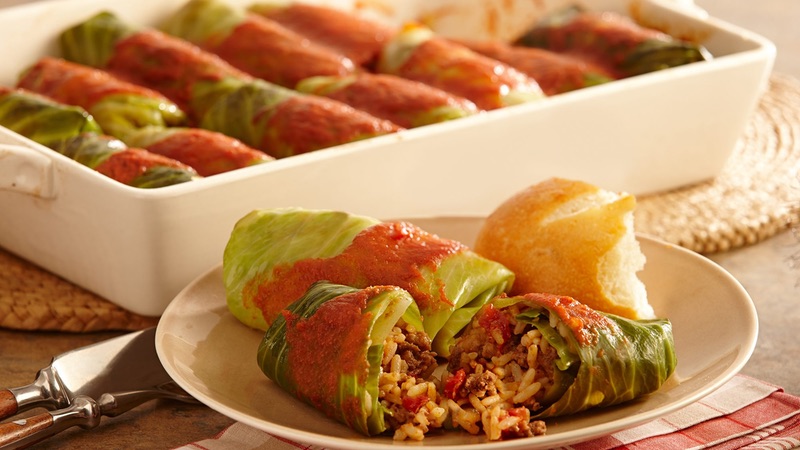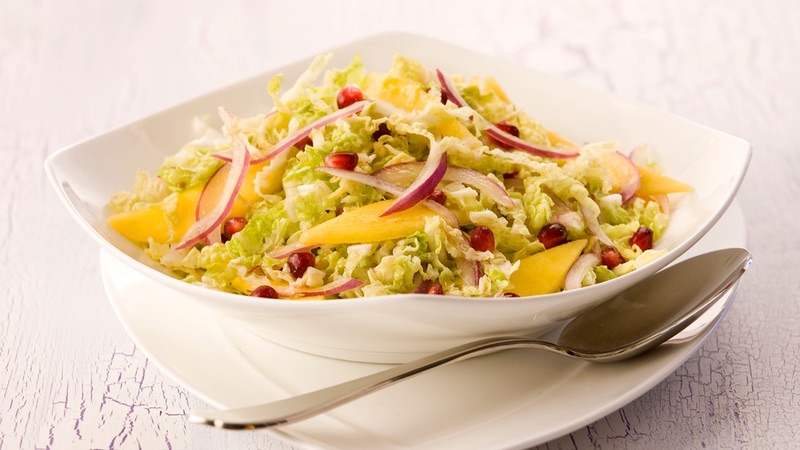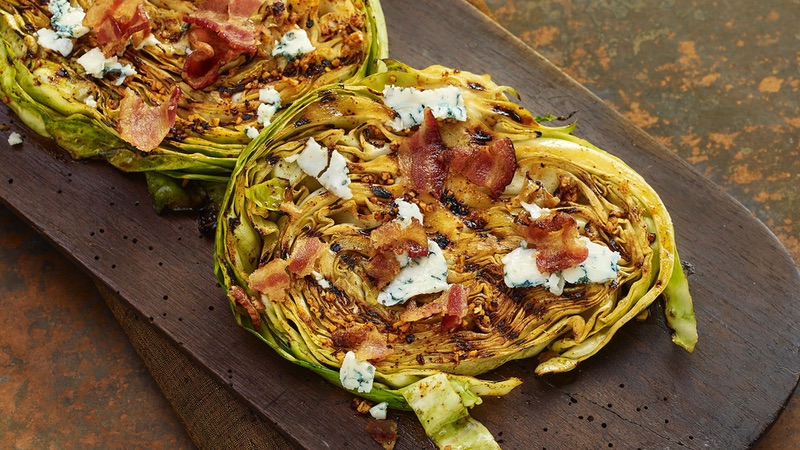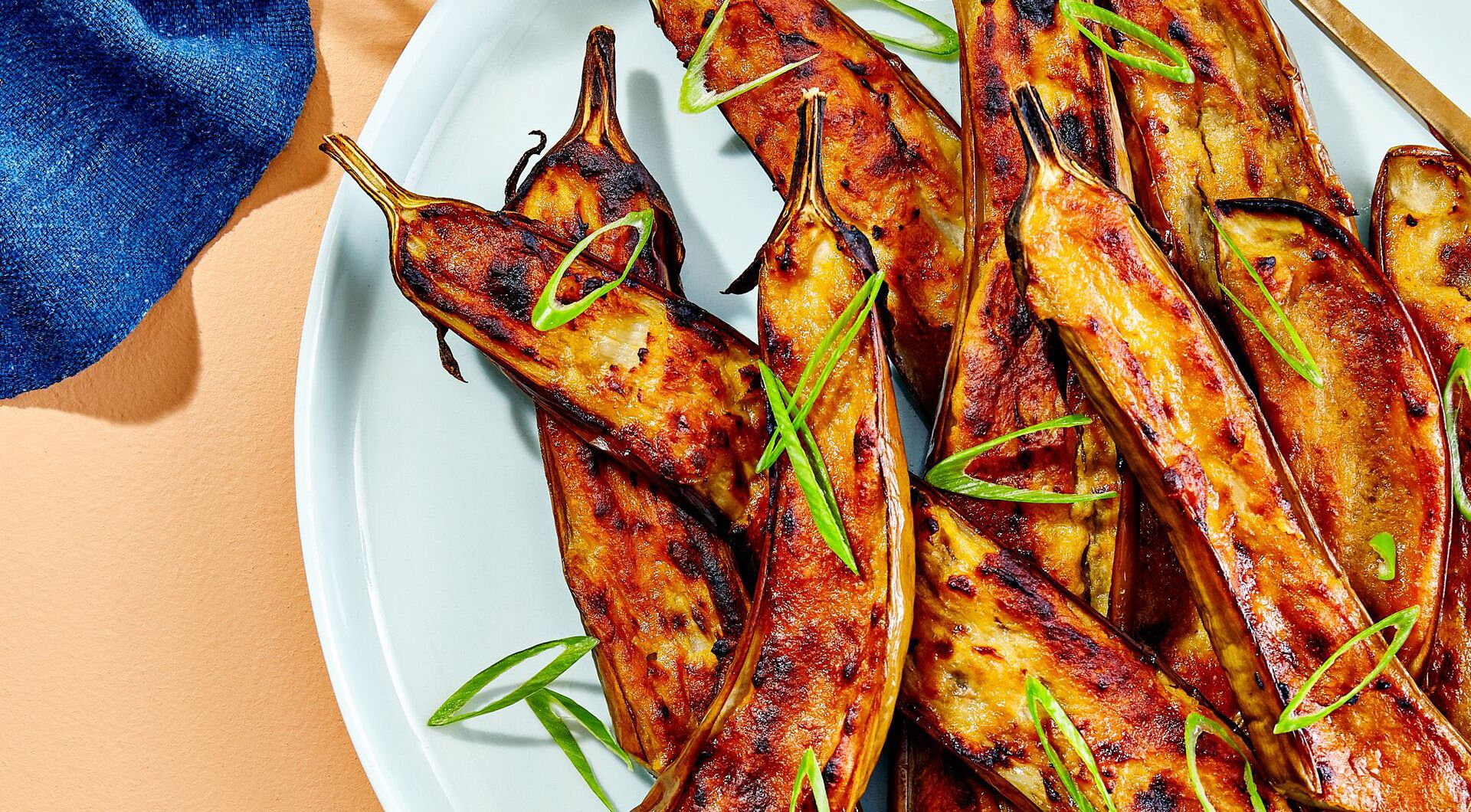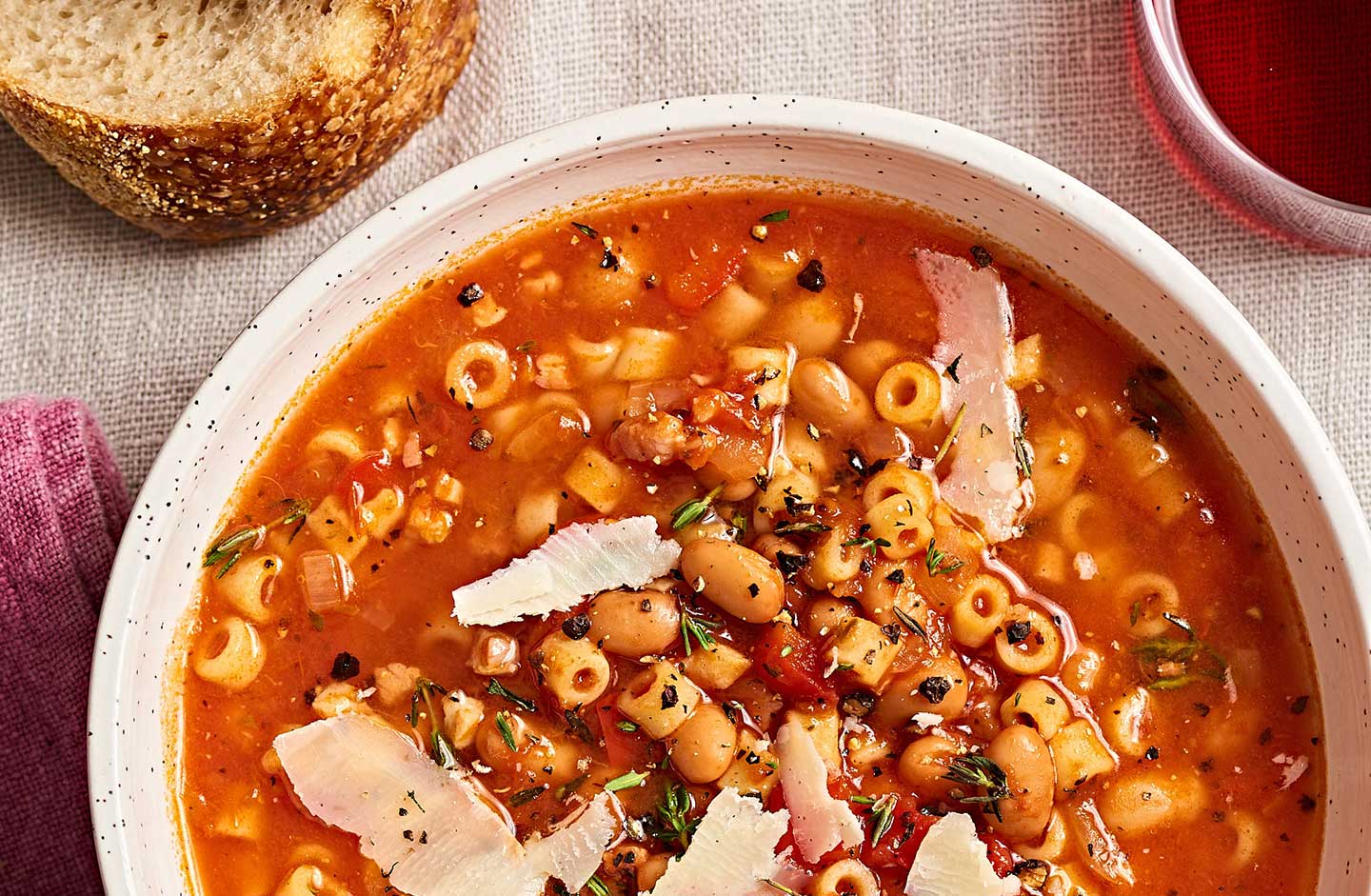It’s hard to believe how cool cabbage has become over the years. You may have noticed it on the menu at chic restaurants, or featured on trendy food blogs and cookbooks. It's also probably in your local grocery store as we speak. And since the winter months are peak cabbage season, excitement over the leafy veggie is at an all-time high!
So what is cabbage? A member of the mustard or brassica family, cabbage is a sibling to broccoli, kohlrabi and kale. Hearty and frost-resistant cabbage is composed of multiple layers of waxy leaves, tightly packed into compact heads.
Though you might be familiar with the green or purple spherical heart, there are other types of cabbage, too. This includes both savoy, bok choy, and even brussels sprouts! Growing in clusters around thick, central stalks, bite-sized brussels sprouts are indeed considered to be part of the cabbage family!
When shopping for cabbage of any sort, look for specimens that are firm and heavy for their size, with bright, tightly packed, crisp-looking leaves that aren’t discolored or blemished. The great thing about cabbage is that it’s sturdy enough to last for a while (part of what makes it a winter favorite), but there are certainly things you can do to prolong refrigerator shelf-life. The most important thing is not to cut into it! A whole head of cabbage, swaddled tightly in plastic wrap, can last in the crisper for two weeks or more. But once sliced, that life expectancy quickly plummets to two days. That said, if you cook it first, it can last from 3-5 days, and if you shred it and stash it in airtight containers in the freezer, it can stick around for 10-12 months.
To prepare fresh cabbage recipes, you’ll first want to pick off any loose outer leaves (save them for bowls or wraps!) and rinse your cabbage well (there could always be dirt lurking between the layers). With hard-headed cabbage, it’s easiest to remove the woody center by cutting the veggie into quarters, and cutting out the stalk in the middle. For other varieties, the only part you really need to trim away is the root.
Surely cabbage can be enjoyed raw, but if you're cooking it, you're in for a treat. Considering how many varieties there are to experiment with, there really is no shortage of cabbage recipes to choose from. There’s the ever-popular coleslaw of course, either raw (check out this Coleslaw with Basil and Garlic Vinaigrette), or even grilled (Beer Brined Pork Chops with Grilled Cabbage Slaw). It’s the perfect base for salads of any sort, like this Crispy Cabbage, Mango and Red Onion Salad. And cabbage is second only to cucumbers when it comes to marinated, pickled or fermented dishes – from Korean Kimchi to Dilly Pickle Relish.
Cabbage is almost as important to Irish cuisine as potatoes. What would St. Patrick’s Day be without Corned Beef and Cabbage? And being that there are numerous Chinese varieties, it’s a regular suspect in Asian cooking, too. You’ll find it in the filling for Steamed Pork Dumplings, or as the ideal accompaniment in Sesame Grilled Salmon with Wasabi Slaw. That said, cabbage is a staple ingredient all around the world…we’re loving the Caribbean-meets Latin American mashup of Pigeon Pea Tacos al Pastor.
There simply can’t be a discussion of cabbage without cabbage soup or Cabbage Rolls…thanks to the zesty addition of ZATARAIN'S® Spanish Rice and savory sausage, these tasty bundles have a Creole spin. Needless to say, cabbage is awesome as a side dish, such as Roasted Brussels Sprouts and Apples (try adding some earthly Maple Extract to the mix!). But that doesn’t mean you should rule it out as a main course. You won’t miss the beef in Grilled Cabbage Steaks with Bacon and Blue Cheese.
So while spring and summer tend to be mostly closely associated with produce, take the opportunity to appreciate cabbage while you can.



